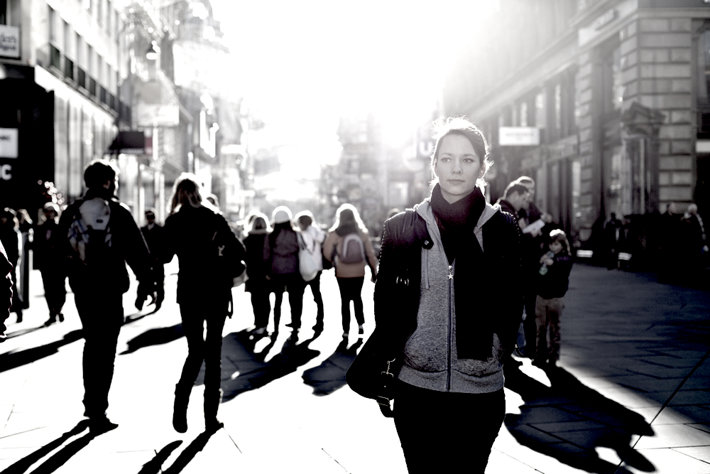How Every American Can Do Their Part to Reduce the Drug Problem

It goes without saying that our country has been struggling with a pretty significant drug problem for quite some time now. The United States of America has been a hotspot for addiction, drug abuse, and alcohol misuse for almost two decades in a row.
It is time we start working out solutions to our country’s drug problem. These need to be solutions that we can all implement in our own lives and our own communities, and on a day-to-day basis as well.
Large Scale Efforts by the Government Prove to be Unworkable in Reducing the Drug Problem Rapidly

Our country has been able to innovate several approaches to reducing the nation’s drug problem. Most of these fall in a category of increased efforts to rehabilitate those who struggle with addiction, increased efforts in prevention, more law enforcement, more incarceration, changes to the laws, etc. However, our drug problem is so severe that it is no longer an issue that the government can take care of by itself, if it ever was.
According to the Substance Abuse and Mental Health Services Administration, about eight percent of the American population meets the clinical delineation points for a chemical dependence to drugs or alcohol, along with the mental and psychological reliance factors that such individuals end up having to those substances as well. That comes out to about twenty-five million people currently in our nation who struggle with substance abuse.
If the federal government by itself could not effectively reduce the drug problem when there were only eight million addicts around the turn of the century, they certainly will not be able to do so now that there are more than triple that number.
Daily Activities and Weekly Habits
We need a list of daily activities and weekly habits that the average American can incorporate into their lives to reduce the presence of drug and alcohol addiction in their communities.
Every time we think of the drug problem, we automatically assume that this issue is far too daunting for any of us to make a positive change in. But that couldn’t be further from the truth. This is a problem that if we all took the time to work on it together, it would reduce rapidly. To show some examples of what we could all do, we’ve included five basic, very simple and universally applicable tips and strategies on how to reduce a drug problem in an area:

- Participate in local community events for raising drug awareness. One of the reasons why cities have drug problems is because cities refuse to talk about drugs openly. Even though the use of drugs has definitely gone up, this is still a very taboo topic and is generally not talked about in polite conversation. That needs to change. We can only fix that which we are able and willing to discuss openly. We can only discuss it openly if we are willing to raise awareness about it. With that in mind, one of the first steps we can take is to promote awareness about drugs, to host marches and walks for raising awareness, to discuss the drug problem at community meetings and church groups, etc. We need to get the word out there, and more people need to know that there is a problem, to begin with.
- We also need to support those organizations that are already fighting the good fight in attempting to bring down drug abuse statistics within their own communities. Police departments, nonprofit organizations, community-funded addiction treatment centers, church groups, boys and girls clubs, any organization that attempts to help those who are addicted to drugs or alcohol or any group that puts in the effort to prevent people from starting to use drugs and alcohol should be supported. We can support and flow our volunteer efforts to fundraisers that raise money for law-enforcement groups and nonprofit organizations, etc.

- Another effort we should all be taking is to educate our young adult and teen population about the harmful risks and dangers that come with using drugs and alcohol. Studies show that young people are up to four times less likely to use drugs and alcohol when they know the risks and dangers present. They generally speaking only allow themselves to be peer pressured when they don’t have this information. Studies also show that only about one-third of American households make it a point to openly discuss drugs and alcohol with their sons and daughters. That has to change.
- We need to also take pledges ourselves to never abuse drugs and alcohol so that we can set a good example for those around us. We can work to prevent the drug problem all we want, but if we allow addictive substances to come into our own lives, then it is something of a waste of time.
- When we come across people who struggle with drug and alcohol addiction, a priority should be to help them, not to punish them. Punishing people for drug and alcohol addiction never accomplished anything. Drug addicts and alcoholics don’t get better while in jail. All a jail cell does for a drug addict is prevent him or her from using drugs for a period of time. (And even that is not a guarantee, as some jails have corrupt drug use amongst inmates and prison guards). But regardless, even if the individual is kept off drugs while in jail, he is just as likely to go back to using drugs and alcohol when he gets out of prison as he was when he went into prison. Rather than taking a heavy-handed incarceration-based approach, we need to attempt instead to help people get off of substances through treatment and rehabilitation at qualified recovery centers. This is ultimately the road to salvation for anyone who is addicted.
This is only the tip of the iceberg of all of the different things that we can each work on every day or every week to help promote a better society and a sober community for ourselves and our loved ones. Each one of the points above can be expanded on with new ideas brought to the table that are specifically workable for those who would apply them, given their settings or circumstances.
The idea here is that we should all start working towards a better future and a better society for ourselves and the generations yet to come. We need to think with our lives and our futures, but we need to think of future generations as well, and what kind of world they are inheriting. With that in mind, it’s a worthy effort to work on addressing drug abuse now.
Sources:
- https://www.drugabuse.gov/sites/default/files/preventingdruguse.pdf
- https://www.usnews.com/opinion/blogs/policy-dose/articles/2016-02-01/10-ways-to-combat-americas-drug-abuse-problem
Clinical Review by Claire Pinelli, LADC, CCS, ICAADC, MCAP


